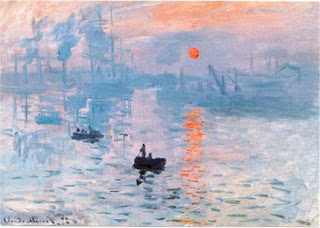
There's such an intense vibe concentrated in all that free area that you just naturally respond to it with a frown ... it evokes a deadly emotion within you, just by looking at the ruins and beauty and simplicity ... and 90% of it is pretty much an empty haunting sea which gets you wondering how so little can say so much ...












